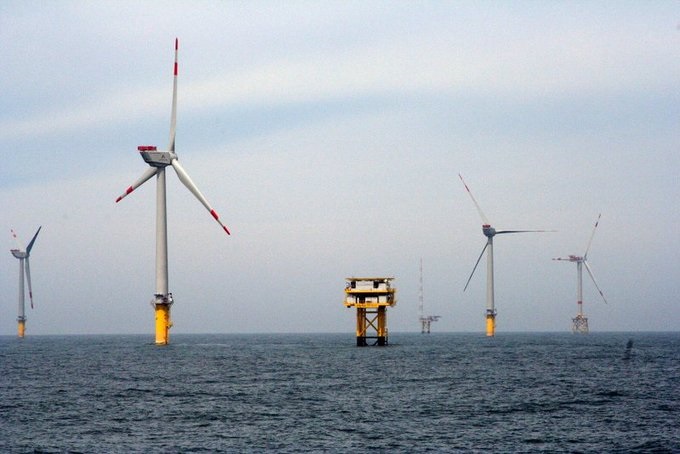University of Delaware study finds height of wind turbines plays important role in changing surface weather

A new study from the University of Delaware published in Environmental Research Letters looked at the potential effects of offshore wind farms on people living on the US East Coast. Authors Maryam Golbazi, Cristina Archer and Stefano Alessandrini were particularly interested to discover possible impacts on temperature and wind speed for those living along the coast.
An article on the university’s website discusses the findings. It indicates that, “during the summer months, the effects on temperature were negligible — even showing a slight cooling at the surface. While wind speed does decrease at the surface within the offshore wind farm areas, the reduction in wind speed doesn’t reach the coastal area and won’t impact the coastal community because the prevailing wind is blowing towards the ocean in the summer.”
With no large US offshore wind farms to study, the researchers used the Weather Research and Forecasting (WRF) model to simulate surface impacts. Also, because, as Golbazi noted, “wind turbines are getting bigger in size every year,” they modeled turbines with diameter and hub height exceeding 220 and 120 meters, respectively, and rated power exceeding 10 megawatts (MW).
The study found that turbines such as those modeled “have an imperceptible effect for humans on the surface atmosphere, and slightly reduce wind speed, turbulence, friction velocity, and sensible heat fluxes.”
Golbazi said that previous studies that showed that wind turbines cause surface warming looked at the impacts of shorter turbines. “We learned that the height of the turbine plays an important role,” she said.

The title of this article is non consistent with the findings reported. It should be “University of Delaware study finds height of wind turbines plays no or negligible role in changing surface weather.”
You should correct this, as the article is being picked up by other news sources.